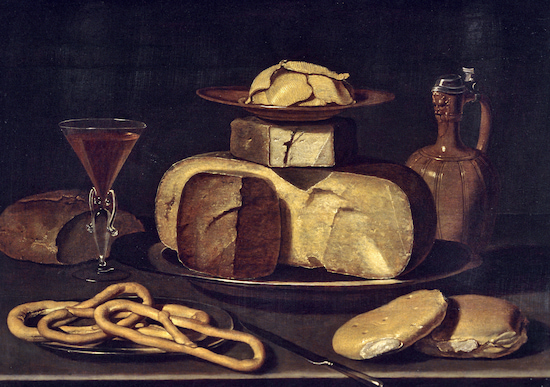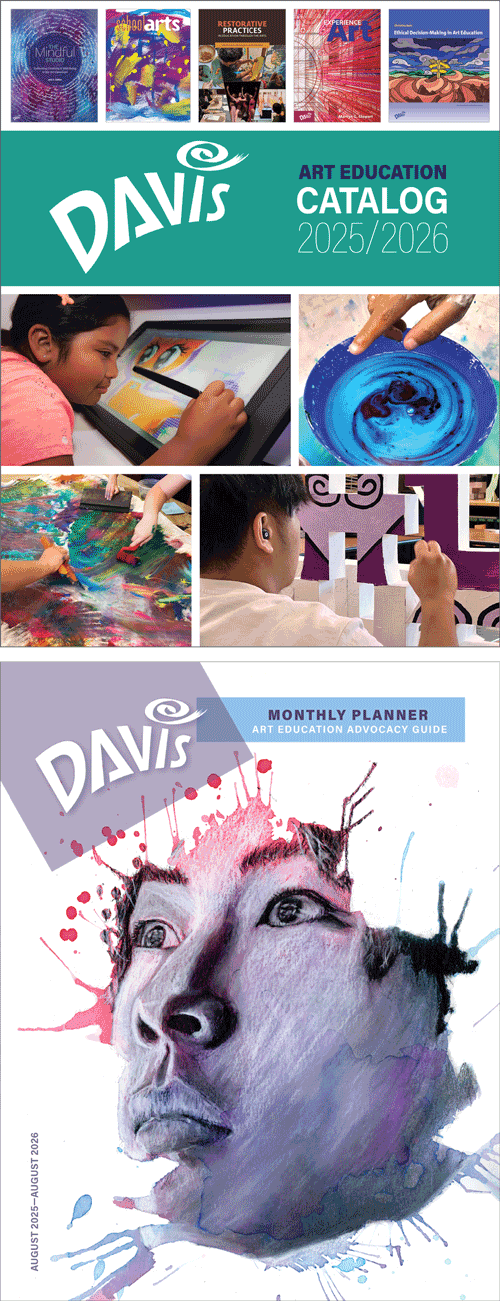National Cheese Day: Clara Peeters
Although little is known about her upbringing or training, Peeters was one of a growing number of women artists who were widely acclaimed as professional artists. She was also a pioneer in the relatively new genre of still life painting that exploded in popularity during the 1600s, particularly in Flanders and the Netherlands. Cheese Day has been celebrated since the establishment of Cheese Week in Green County Wisconsin in 1914.
National Cheese Day 4 June: art by Clara Peeters (ca. 1594–ca. 1657, Flanders)
Clara Peeters was one of the earliest professional women artists of her period, and she painted almost exclusively still life, many with cheese in them.
 |
| Clara Peeters, Still Life with Cheese, Bread, and Pretzels, ca. 1630. Oil on wood panel, 45.7 x 64.8 cm. Collection unknown, from the 1977 exhibition Women Artists: 1550–1950 at the Los Angeles County Museum. Image © 2025 Davis Art Images. (8S-21980) |
Peeters's work carried on the great tradition of observed realism established by the early Flemish Renaissance painters Jan van Eyck (1390–1441) and Rogier van der Weyden (1399/1400–1464). Both artists expertly added meticulously detailed everyday objects in their religious works. Van Eyck is thought to have influenced Peeters' work the most, particularly in Peeters attention to the detail of reflections on shiny surfaces, a specialty of van Eyck.
This type of still life is known as a "breakfast still life" or "banquet still life", because of the abundance of food. Over abundance of food was sometimes viewed as a comment on the overindulgence of worldly pleasures such as food in contrast to the transience of life, a vanitas (vanity) concept. Peeters' emphasis on humble objects rather than elaborate silver and brass is typical of her late works. Peeters pioneered the trompe l'oeil (fool the eye) technique of objects projecting "beyond" the picture plane illusion-like in the foreground.
In the West, between the 1400s and 1700s, little changed in the education of women as artists. Women with the drive to be artists had to train with male relatives who were established artists. They were denied membership in the guilds that ensured patronage to artists. In spite of these restrictions, however, some women managed to become widely-respected artists.
Because women were denied apprenticeships with non-family member artists, their body of work was limited to what a male relative taught them. This often meant that they would repeat the specialty of that relative, be it in still life, portraiture, or genre painting, all considered inferior subject matter to religious or history subjects by the established artists' guilds.
The Renaissance (ca. 1400–1600) humanism (interest in humanities and learning), meant that educational opportunities broadened for women. Although it did not ensure that they could join the artists' guilds, it did encourage many women to learn about art and want to become artists.
Clara Peeters is considered one of the earliest women still life painters, and an important artist in the establishment of the genre in Europe. Although still life compositions had existed since the ancient world, it was not considered suitable stand-alone subject matter until during the Renaissance, when realistic depictions of groups of objects were used as symbols for religious ideas. After the Protestant Reformation (early 1500s), which frowned on religious idolatry in art, the genre came into its own in importance. Peeters' style is thought to have defined the look of still life painting in northern Europe.
Little is known about Peeters other than that she was born and worked in Antwerp, Flanders (now Belgium). As a young person, she was highly respected for her drawing ability. She is thought to have been producing paintings for patrons at as young as 17. More works are attributed to Peeters than any of the other known women artists working at the time, because of her habit of signing and dating most of her works. Although her teacher(s) is/are unknown, she mastered how to delineate form clearly with precise drawing, and understood how to depict reflected light on surfaces.

Comments